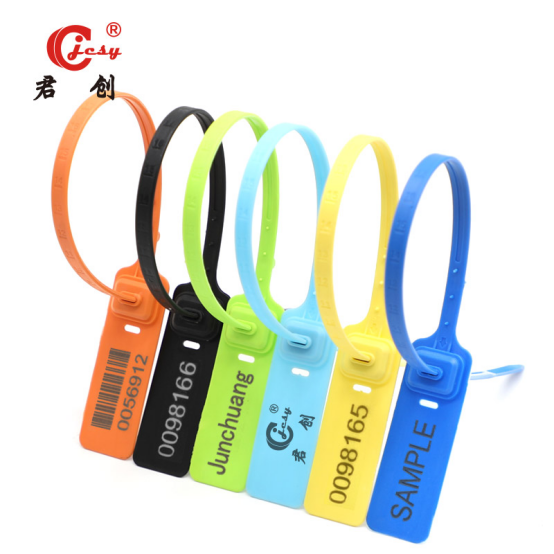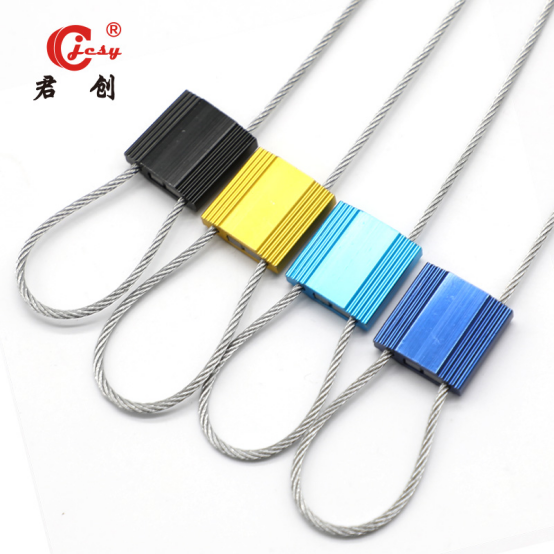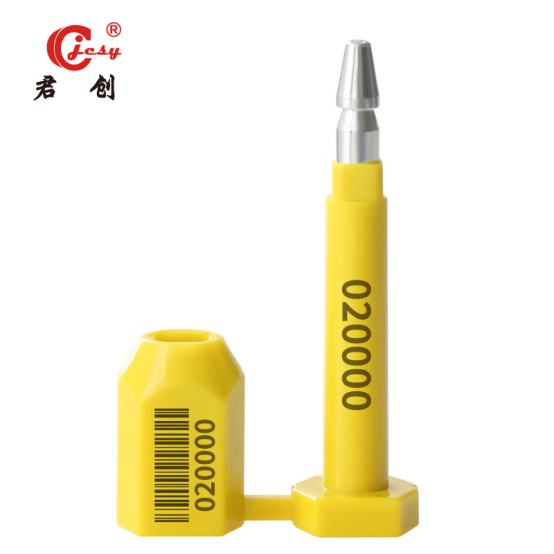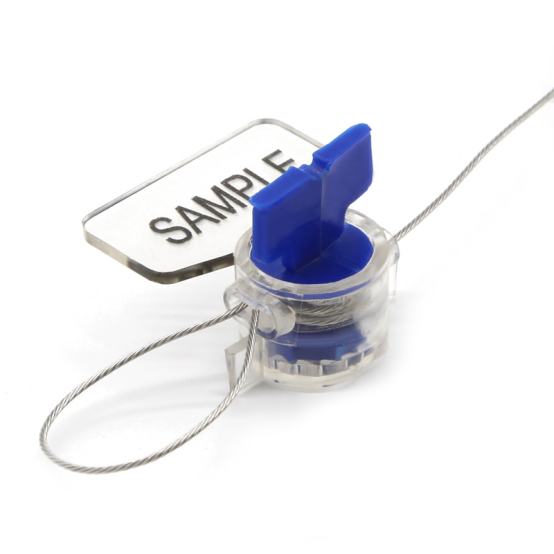Lead seal: A traditional type, consisting of a lead core and iron wire, which is tightly pressed together using specialized pliers. It is cost-effective and widely used.

Plastic seal: Usually featuring a barcode or QR code and a unique number, it can be easily fastened by hand but cannot be opened without damaging it.

Cable Seal: It offers greater safety, consisting of high-strength steel wires and a sealing head, making it much more difficult to be cut or forged.

Bolt Seal: Widely used in containers and customs supervision. The structure is complex and has extremely strong anti-counterfeiting capabilities.

Meter Seal: Latest technology, containing a chip, can record the time and frequency of opening, and report the status in real time via wireless network.

In conclusion, although the sealing components may seem insignificant, they play multiple roles in the logistics transportation process:
The “guardian angel” of the goods: Ensuring that the goods arrive at their destination in perfect condition.
Safe “Goalkeeper”: Preventing the leakage of hazardous substances to ensure the safety of people and the environment.
The “boosting agent” for efficiency: By reducing cargo damage and maintenance requirements, it enhances the overall operational efficiency.
The “witness” of responsibility: Through physical seals, it helps define the responsibilities during the transportation process.
Therefore, when choosing and maintaining logistics equipment, the degree of attention paid to seals directly reflects the professional level of a logistics enterprise in terms of service quality, safety standards and cost control.
Keywords:
